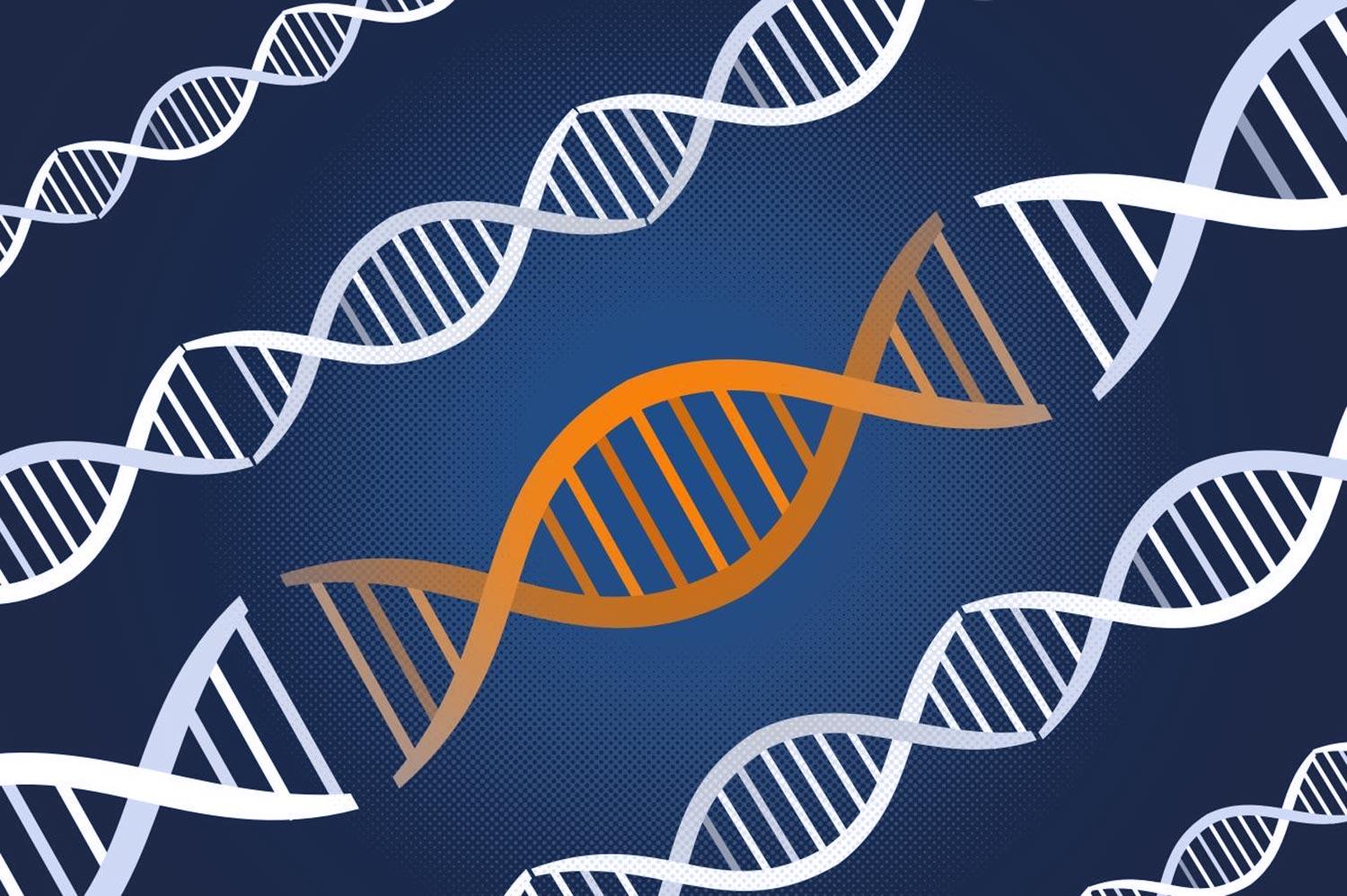현재 위치:홈 > 뉴스현황 > Press Events > Doctors Can Now Pred...
저자: 업로드:2017-09-15 조회수:
An international team of researchers has found a way to diagnose disease and predict patient outcomes simply by measuring unbelievably small changes in interactions between molecules inside the body. The simple new technique could offer vastly superior predictions of disease severity in a huge range of conditions with a genetic component, such as Alzheimer’s, autism, cancer, cardiovascular disease, diabetes, obesity, schizophrenia and depression.
The team published its research (”Piconewton-Scale Analysis of Ras-BRaf Signal Transduction with Single-Molecule Force Spectroscopy”) in the journal Small.
Mutations are known to alter the molecular interactions that cells use to communicate with each other. J. Julius Zhu, Ph.D., of the University of Virginia, School of Medicine, and his international collaborators report the development of a technique to demonstrate that gene mutations responsible for learning problems change molecular interactions by a few piconewtons (one trillionth of a newton). Such changes impact how the cells communicate and, as a result, cognitive ability. By measuring such molecular changes in animal studies, the scientists say they should eventually be able to predict the results of cognitive impairment in human behavior.

“…this study reports a single-molecule force spectroscopic method that enables functional delineation of two interaction sites (≈35 pN and ≈90 pN) between signaling effectors Ras and BRaf in the canonical mitogen-activated protein kinase (MAPK) pathway. This analysis reveals mutations on BRaf at Q257 and A246, two sites frequently linked to cardio-faciocutaneous syndrome, result in ≈10−30 pN alterations in Ras-BRaf intermolecular binding force,” write the investigators. “The magnitude of changes in Ras-BRaf binding force correlates with the size of alterations in protein affinity and in α-amino-3-hydroxy-5-methyl-4-isoxazolepropionic acid (AMPA)-sensitive glutamate receptor (-R)-mediated synaptic transmission in neurons expressing replacement BRaf mutants, and predicts the extent of learning impairments in animals expressing replacement BRaf mutants. These results establish single-molecule force spectroscopy as an effective platform for evaluating the piconewton-level interaction of signaling molecules and predicting the behavior outcome of signal transduction.”
According to the NIH, cardiofaciocutaneous syndrome is a disorder that affects many parts of the body, particularly the heart, facial features, and the skin and hair. People with this condition also have delayed development and intellectual disability, usually ranging from moderate to severe.